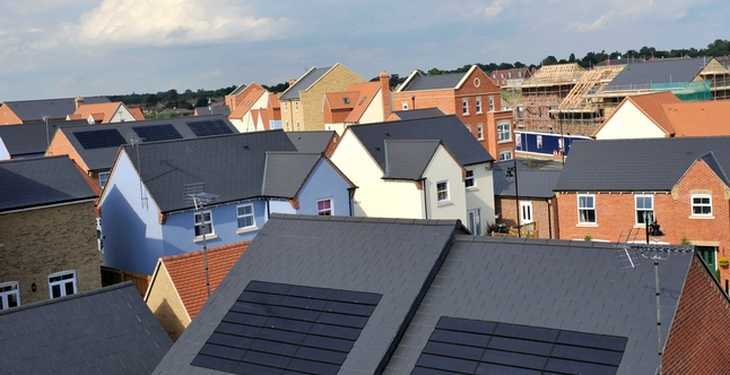From east Africa to India, finance for off-grid clean energy projects offers a wealth of benefits beyond tackling climate change
Investing in a large-scale wind farm is a better guarantee of profits than multiple, small, off-grid renewables projects but without the latter, argues a recent report, the sustainable development goal of low-carbon energy access for all will never be met.
It is estimated that close to $50bn a year is needed to achieve universal access to electricity and clean cooking facilities by 2030. Yet traditional forms of climate finance are not working.
The result, according to the report (pdf) from the International Institute for Environment and Development (IIED), is major bottlenecks in funding for many small-scale renewable energy services such as solar home systems, mini-grids and clean cooking facilities, according to The Guardian.
For the multilateral lenders and UN agencies which control the bulk of climate finance, decentralised projects are “just not as bankable”, says Neha Rai, a senior researcher at IIED and co-author of the report.
But the idea that off-grid projects are not economically viable is misplaced, argues Edward Hanrahan, CEO of climate development finance firm ClimateCare. The delivery of a domestic solar project, for example, also provides an opportunity to sell other low-carbon consumer products to people that now have energy access.
Take Pamoja Life, one of ClimateCare’s investment projects in east Africa. It’s difficult to make the sale of low-energy, efficient cookstoves economically attractive to very poor people, so Pamoja Life provides a distribution line for affordable, off-grid solar lighting and other low-carbon consumer products, alongside affordable cookstoves.
This approach helps spread the cost over a number of goods, says Hanrahan: “It also wraps in non-climate benefits too. We need to think about climate finance as being not just about climate.”
ClimateCare has used this multiple impact argument with investors to give single projects several outcomes. A government agency might be interested in funding a household solar initiative for its impact on emissions reduction, for example, while a private corporation might put in money because of the extra study hours that children gain.
“As a result you’ve got a couple of uncorrelated revenue streams, which improves the resilience of the project and makes it less risky for commercial investors,” says Hanrahan. “You can also have income streams in multiple currencies, thus reducing currency risk.”
